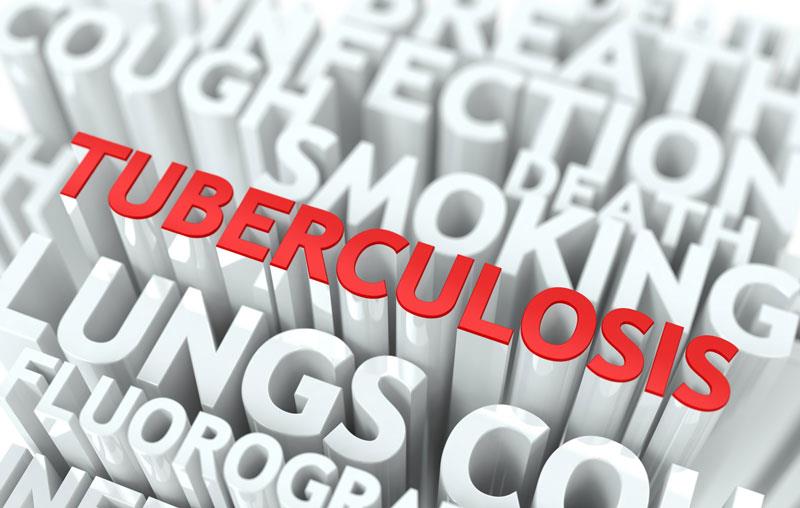
The International Standards for Tuberculosis Care (ISTC), 3rd edition, (The Hague, 2014) is a set of recommendations made by a global coalition of organizations, including the WHO, and financed by the US Agency for International Development (USAID). It aims to facilitate the commitment of all care providers in delivering high-quality care for patients of all ages. “It is intended to complement, not replace national and local recommendations”, both Dr. Jubert Benedicto, past National Chair of Philippine Coalition Against Tuberculosis (PHILCAT), and Dr. Rontgene Solante, Board Secretary of PHILCAT, emphasized during their talks at the recent PhilCAT convention.
Notwithstanding considerable improvement in the development and implementation of strategies required for successful tuberculosis (TB) control, both private and public clinicians who are not part of a TB program were observed to lack the guidance and systematic evaluation of outcomes provided by government control programs, and frequently, would not be in compliance with established standards. This is a significant deterrent to the goals in resolving standardization of diagnosis, treatment, and approach to HIV infection and other co-morbid conditions.
Updates
Revised Standards of Diagnosis
The ISTC is in the form of statements called Standards in numerical series. Highlighting the role of care providers is ISTC 2014’s Standard 1 (of ISTC’s Standards of Diagnosis). It is a new standard emphasizing the responsibility of providers to be aware of individual and population risk factors for TB and to reduce diagnostic delay. Symptomatology-wise, Standard 2 emphasizes the inclusion of symptoms such as fever, night sweats and weight loss, other than cough as indications for TB evaluation. The rephrasing now includes radiographic abnormalities as a reason for evaluating TB.
Standards 3 to 6 discuss rapid molecular testing. Standard 3 recommends rapid molecular testing as the initial microbiologic test in specified patients. Standard 4 emphasizes microbiological diagnosis in extra-pulmonary TB. Standard 5 recommends the use of rapid molecular testing for diagnosis in suspect cases with negative sputum smear microscopy. Also, Standard 6 discusses the rapid molecular testing in the diagnosis in children.
Revised Standards of Treatment
Standard 10 discusses microscopy in monitoring treatment response in cases diagnosed with a rapid molecular test. Standard 11 describes Xpert® MTB/RIF, a molecular test, in assessing rifampicin resistance and line probe assay in detecting isoniazid and rifampicin resistance. Standard 12 reflects the revised WHO recommendations for programmatic management of drug-resistant TB. Standard 15 has been modified to reflect the current WHO recommendations for treating HIV in PLHIV (persons living with HIV) who have TB. There were no changes in the recommendations for Standards 7, 8, 9,13,14,16,17,18,19, 20 and 21.
Drs. Benedicto and Solante emphasized that “the Standards should be viewed as a living document that will be revised as technology, resources and circumstances change.”